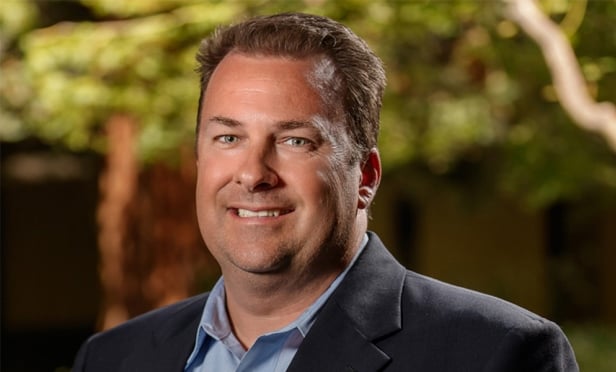SAN RAMON, CA—From 2000 to 2012, the US achieved more than a 30% decline in the death rates for heart disease and stroke. Similarly, the rate of deaths from cancer continues to decline. In 2016, there were an estimated 15.5 million cancer survivors in the United States. This number of survivors is expected to increase to 20.3 million by 2026, according to the National Cancer Institute.
Part of this success rate may be attributed to bringing more healthcare services to where people live and work, says John Pollock, CEO of Meridian. And, he points out that as healthcare providers implement outpatient strategies and move services away from hospitals to lower cost settings, the demand for prime outpatient locations has outstripped supply.
Recommended For You
Want to continue reading?
Become a Free ALM Digital Reader.
Once you are an ALM Digital Member, you’ll receive:
- Breaking commercial real estate news and analysis, on-site and via our newsletters and custom alerts
- Educational webcasts, white papers, and ebooks from industry thought leaders
- Critical coverage of the property casualty insurance and financial advisory markets on our other ALM sites, PropertyCasualty360 and ThinkAdvisor
Already have an account? Sign In Now
*May exclude premium content© 2025 ALM Global, LLC, All Rights Reserved. Request academic re-use from www.copyright.com. All other uses, submit a request to [email protected]. For more information visit Asset & Logo Licensing.









